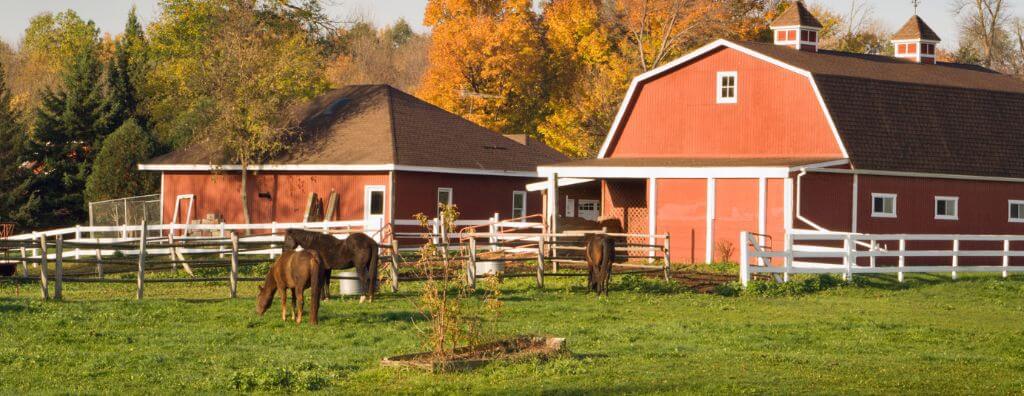Horses are athletes, and athletes need proper support when they train. Owning an equestrian property comes with a long list of responsibilities and maintenance tasks, but at the end of the day, the property exists to serve its horses. The following information is a short guide to understanding which materials are typically used in different equestrian disciplines so you can ensure your horses have the support they need to train their best.
The Footing Needs of Different Equestrian Disciplines
Jumping
To maximize your horses’ training, it’s pivotal that they feel traction when taking off, landing, accelerating, and making turns. Jumping footing needs to be soft enough to cushion landings but solid enough to support horses during takeoff. Materials commonly found in jumping footing include rubber, fibers, and sand. These durable materials fit the mold for what is a physically intense equestrian discipline.
Dressage
Having the proper dressage footing will help to prevent injury amongst your horses and improve their performance. If your surface is too hard, it can create instability when your horses land, which will increase strain on their ligaments and joints over time. If it’s too soft, your horses will have to work too hard to spring up from the ground, overexerting their muscles. Aim for footing that’s the right combination of soft-but-not-too-soft and durable. Sand and felt or sand and silica are typically used for dressage arenas.
Barrel Racing
Like other disciplines, the perfect footing for barrel racing is a combination of traction and cushion. With fast acceleration and explosiveness at every turn, horses competing in barrel racing need proper support for optimum performance. Many equestrian property owners will use mixtures of sand, clay, wax coating, and synthetic fibers to coat their barrel racing arenas, often two to four inches deep. Compacted stone dust is also a common choice for a base, which allows for proper water drainage.
Boarding
If your facility is a boarding facility, you may have several different disciplines being practiced in the same arena. If this is the case, you’ll want to go with a footing that can handle the variability while limiting dust and providing ample support. Footing blends comprised of angular sand plus short and long fibers will typically do the trick. As always, check that your footing is compatible with your local climate.
For more information on preparing your equestrian property and for answers to all your questions, connect with an Equestrian Advisor:
Windermere Equestrian Advisors
Featured Image Source: Getty Images – Image Credit: YinYang
 Facebook
Facebook
 X
X
 Pinterest
Pinterest
 Copy Link
Copy Link



